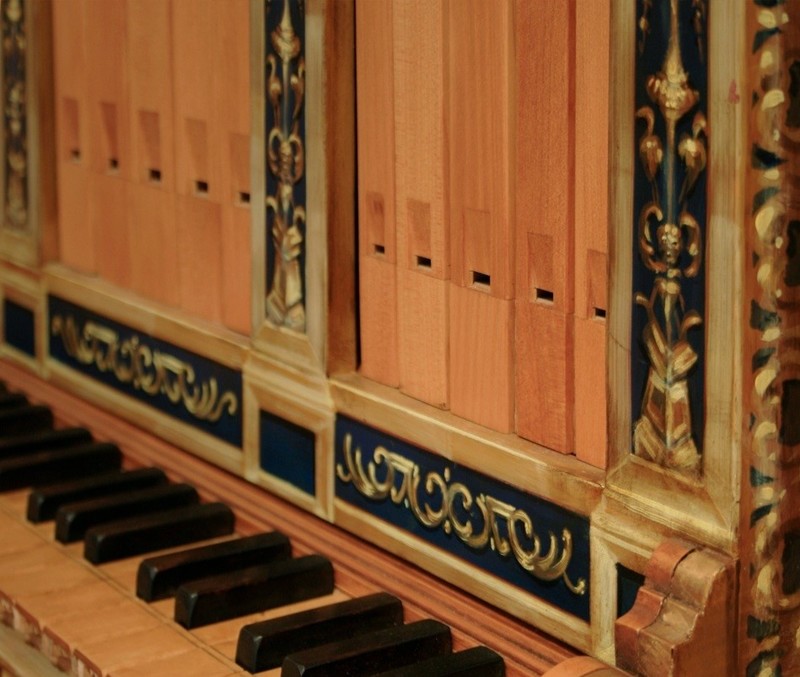The organo di legno’s timbral timber
Leon Chisholm
Introduction
Organo di legno. The name itself of this early modern Italian organ announces its defining material. Legno, in English wood, refers specifically to the material out of which its pipes were made. In organ building today, builders often combine metal and wooden pipes in the same instrument, but in Italian organ building from the fifteenth through to the early eighteenth century, the mixing of pipes made of different materials was relatively rare.
Wooden pipes set organi di legno apart from other organs of the time, whose pipes were more often made of metal. Though hardly any exemplars survive today, organi di legno were popular instruments in the early modern period and were especially prized for their “sweet” timbre (tone quality), considered the ideal accompaniment for human voices.
This virtual exhibit explores the organo di legno, delving into the enigma of the legendary timbre of its wooden pipes, and presenting a collaborative project which aims to recover this lost “wooden” sound.
Citation: Leon Chisholm, ‘The organo di legno’s timbral timber’, in: Materiality of Musical Instruments. A Virtual Exhibition.

